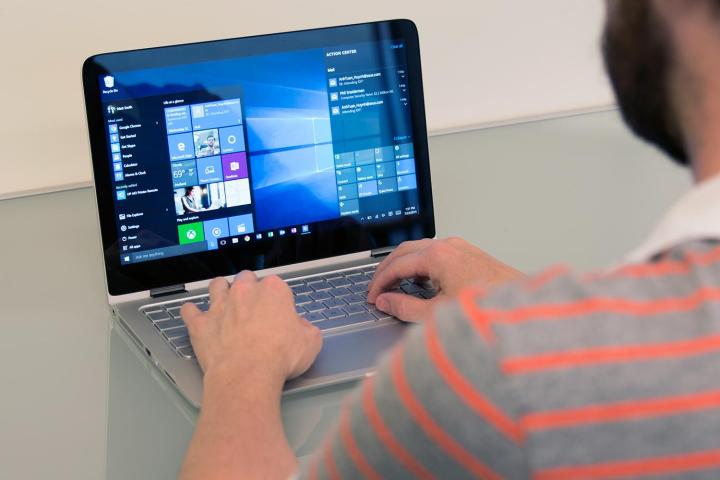
Much of this adoption can be put down to the ease with which Microsoft has made it possible to upgrade to and install the new OS, as well as the fact that it made it freely available to anyone with valid Windows 7 and 8.1 licenses.
However as great as this adoption is so far, there is still a massive number of systems that could be brought over to the new platform. As of August, Windows 10 accounts for just five percent of all operating system installs. Windows 7 is still around the 50 percent mark, so Microsoft’s biggest competitor is itself. It may need to do something special to bring over the diehards who deliberately avoided Windows 8 with its greater focus on tablet and mobile computing.
Related: Windows 10 adoption rate is huge; 75 million in first month
That said, Petri believes that Windows 10 may be adopted faster and faster as time goes on, with Microsoft making big inroads internationally, especially in China following a partnership with Baidu. That’s significant because Microsoft hasn’t always had a great relationship with the Chinese marketplace, where piracy is rampant. If it can legitimize its latest OS among consumers there, it will have a huge market to tap into.
It’s also thought likely that Microsoft will generate a lot more interest in Windows 10 before the end of the year, as Christmas sales of new PCs and notebooks draw interest, along with the potential launch of its Surface Pro 4. Indeed, the success of the Surface Pro 3 could help catapult Windows 10 to new heights.
Microsoft’s goal is to have a billion Windows 10 installs within three years. It’s a tall order, but it’s well on its way already.
Editors' Recommendations
- If you use a VPN, don’t skip this important Windows 11 update
- Windows 11 may bring Live Tiles back from the dead — sort of
- The latest Windows update is breaking VPN connections
- The next big Windows 11 update has a new hardware requirement
- You’re going to hate the latest change to Windows 11



